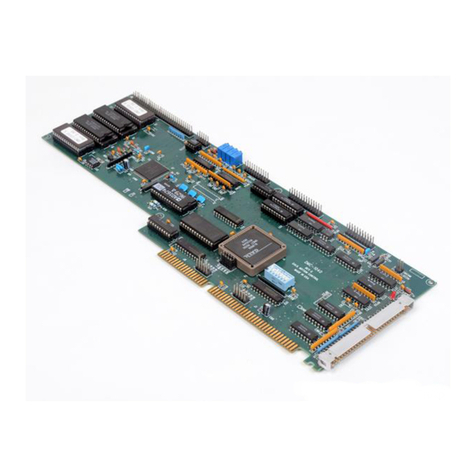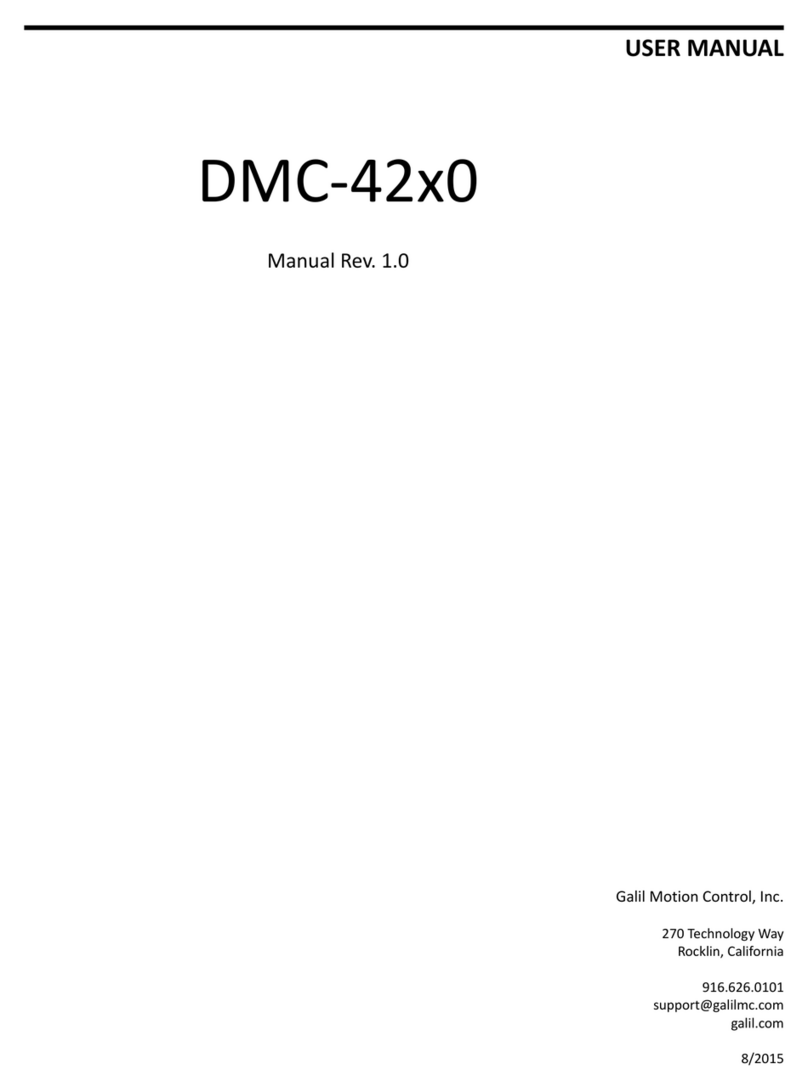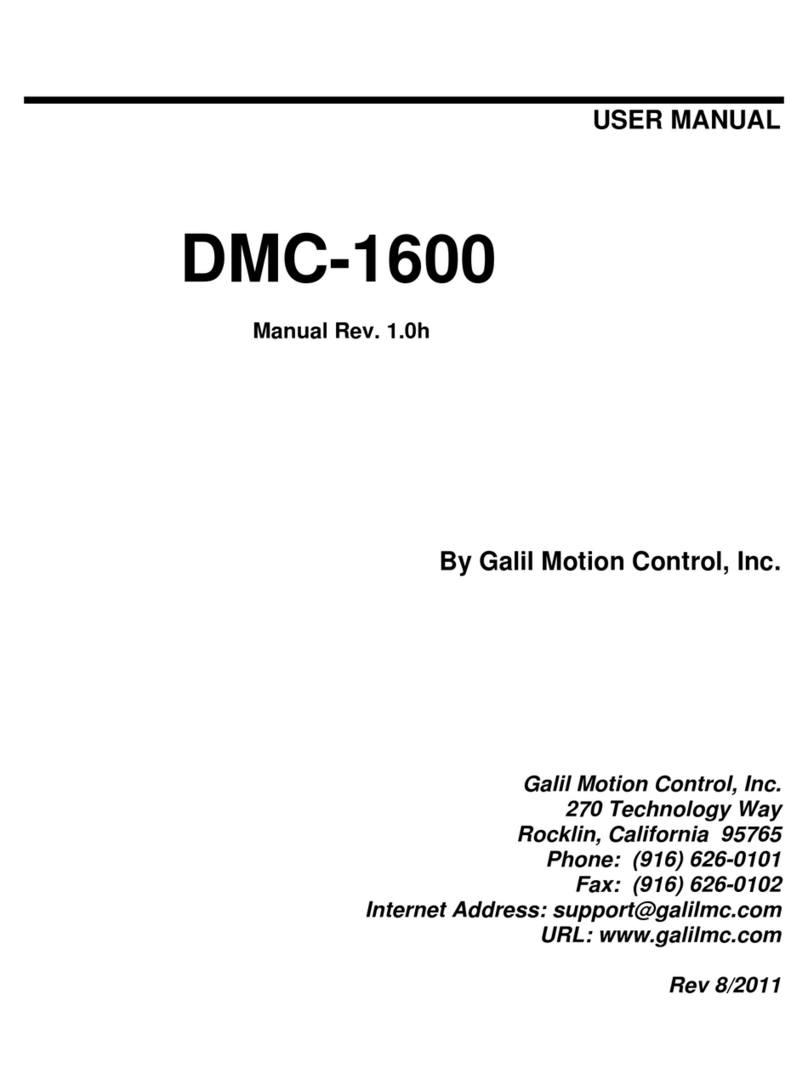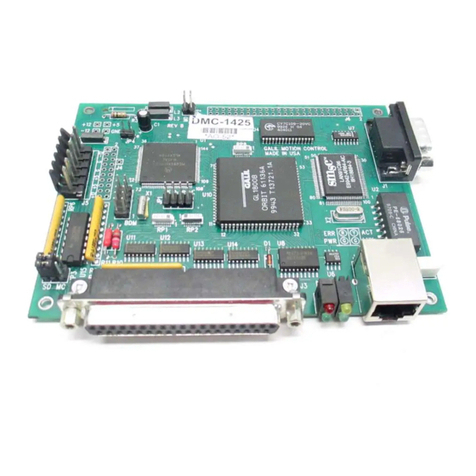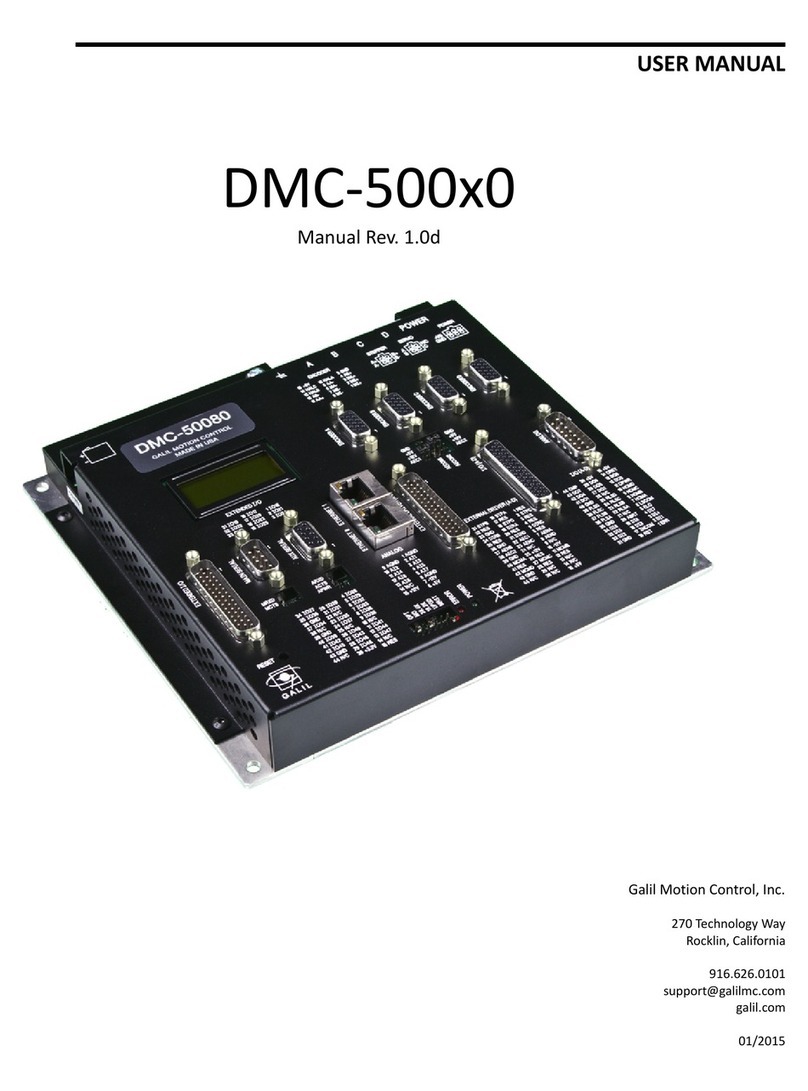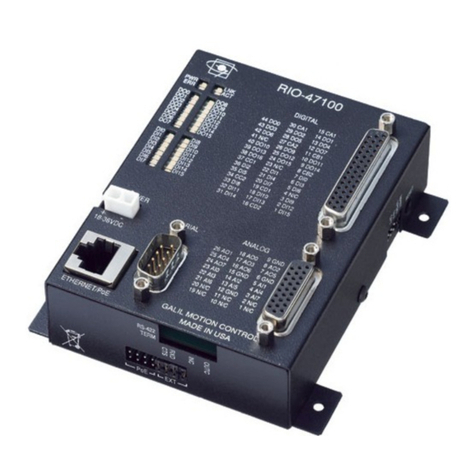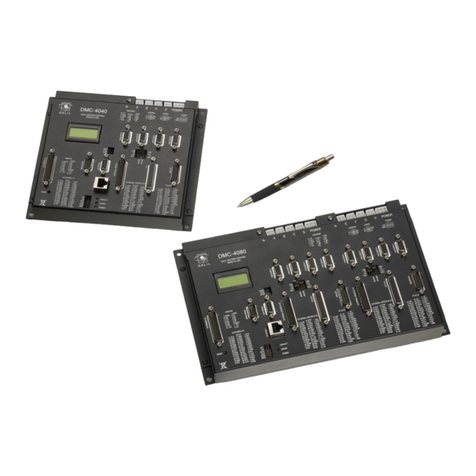
Defining Arrays.......................................................................................................................................66
Assignment of Array Entries...................................................................................................................66
Using a Variable to Address Array Elements..........................................................................................67
Uploading and Downloading Arrays to On Board Memory....................................................................67
Automatic Data Capture into Arrays.......................................................................................................67
Deallocating Array Space........................................................................................................................68
INPUT OF DATA (NUMERIC AND STRING)......................................................................................................69
Input of Data............................................................................................................................................69
OUTPUT OF DATA (NUMERIC AND STRING)..................................................................................................69
Sending Messages ...................................................................................................................................69
Displaying Variables and Arrays.............................................................................................................71
Formatting Variables and Array Elements..............................................................................................71
PROGRAMMABLE I/O....................................................................................................................................72
Digital Outputs........................................................................................................................................72
Digital Inputs...........................................................................................................................................73
Analog Inputs..........................................................................................................................................73
Analog Outputs .......................................................................................................................................74
REAL TIME CLOCK........................................................................................................................................74
APPENDIX......................................................................................................................................................75
ELECTRICAL SPECIFICATIONS .......................................................................................................................75
Input/Output............................................................................................................................................75
Power Requirements................................................................................................................................75
PERFORMANCE SPECIFICATIONS ...................................................................................................................76
RIO-47xx0...............................................................................................................................................76
RIO-47xx2...............................................................................................................................................76
CERTIFICATIONS ...........................................................................................................................................76
ETL .........................................................................................................................................................76
CE............................................................................................................................................................76
ROHS......................................................................................................................................................76
STANDARD OPTIONS.....................................................................................................................................77
-DIN ........................................................................................................................................................77
-NO DIN..................................................................................................................................................77
-422 .........................................................................................................................................................77
-RTC........................................................................................................................................................77
-08-15 SOURCE (2LSRC) option...........................................................................................................78
-0-7 or -8-15 SINK/SOURCE.................................................................................................................78
-QUAD and -SSI.....................................................................................................................................78
-PWM......................................................................................................................................................79
-HS ..........................................................................................................................................................80
-16Bit.......................................................................................................................................................80
AI_10v12Bit............................................................................................................................................81
AI_10v16Bit............................................................................................................................................81
-(4-20mA)................................................................................................................................................81
AO Option (SCB-48608).........................................................................................................................81
CONNECTORS FOR RIO-47XXX.....................................................................................................................83
44 pin D-Sub Connector – RIO-471xx....................................................................................................83
26 pin D-Sub Connector – RIO-471xx....................................................................................................83
Screw Terminals – RIO-472xx................................................................................................................84
J2 RS-232 Port: DB-9 Pin Male.............................................................................................................84
J1 Ethernet Port: 10/100 Base-T (RJ-45) ................................................................................................85
J5 Power: 2 pin Molex.............................................................................................................................85
JUMPER DESCRIPTION FOR RIO ....................................................................................................................86
RIO DIMENSIONS..........................................................................................................................................87
RIO-471xx...............................................................................................................................................87
RIO-472xx...............................................................................................................................................88
RIO-47xxx Contents ●iii
